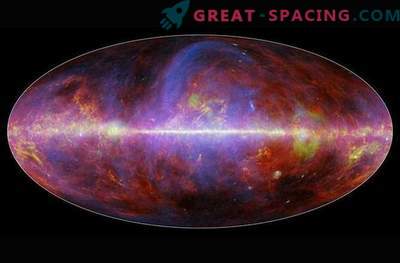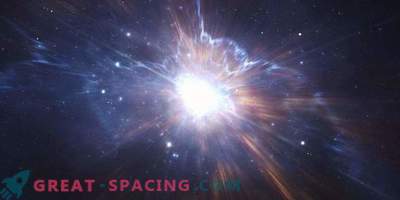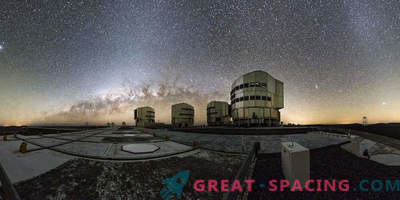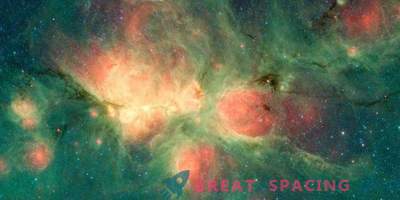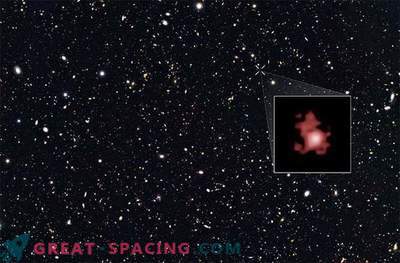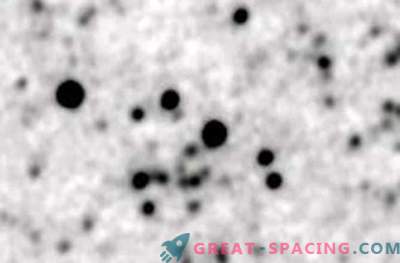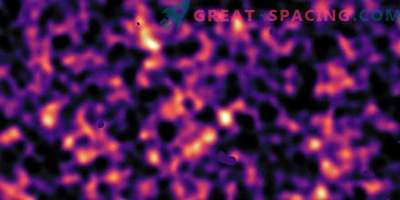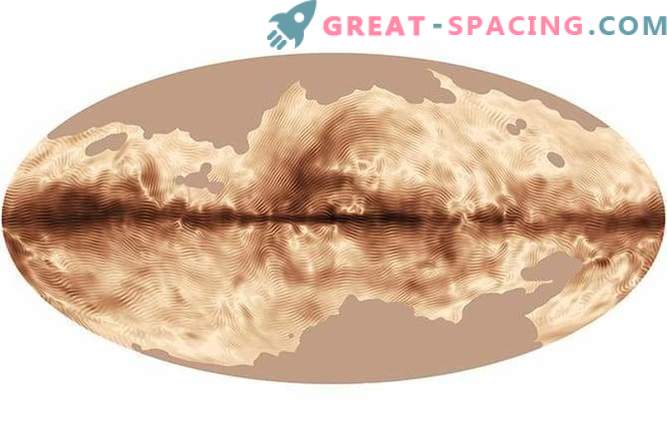
If you live or have ever visited places with a clear sky, then you must have seen foggy bands of the Milky Way, stretching across the night sky. The European Space Telescope looked deeper into the Milky Way and discovered a unique “fingerprint” of our galaxy, created by a powerful magnetic field.
The faint glow of the Milky Way comes from the light of a billion distant stars located inside our galaxy. But we see only the light that our eyes can see. However, the Milky Way shines in many electromagnetic spectra, like the rest of the Universe. And in this spectrum is hidden the light that came to us from the birth of the very first stars.

The sun sets behind BICEP2 (in the foreground) and the South Pole telescope (in the background).
In order to determine which light comes from the Big Bang, and which comes from closer and younger sources of light, such as stars and dust in our own galaxy, scientists need to understand how to filter one light from another. Using the European Space Agency's Planck spacecraft to observe the Milky Way in a wide range of the electromagnetic spectrum, astronomers have detected not only the background radiation, but also its electromagnetic “fingerprint” created by the polarization of light from tiny interstellar dust particles.

The BICEP2 telescope (left) and the South Pole telescope (right) are located in the Dark Sector Laboratory (DSL), located near the geographical South Pole.
Dust grains are part of the interstellar medium that permeate the entire galaxy, very, very cold, but still emit light in the infrared and microwave spectrum. When these tiny grains rotate, they tend to emit most of the radiation along their long axis, creating a preferential direction towards light — an effect known as polarization. If you wear polarized sunglasses, you can easily appreciate this effect, since the film inside the lens reflects horizontally aligned light and removes distracting glare.
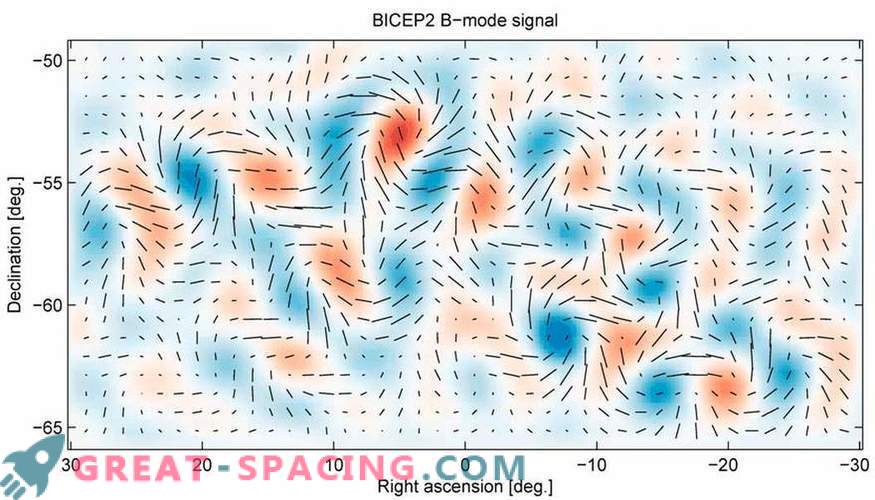
Gravitational waves from inflation generate a weak but characteristic signal in the polarization of the CMB (twisting or B-mode). For density fluctuations, which generate most of the background radiation polarization, this part of the primary structure is exactly zero. This shows the actual B-mode pattern observed in the BICEP2 telescope, where line segments show polarization from different points in the sky. The shading of red and blue colors shows the degree of twisting clockwise and counterclockwise. In the new visualization above, done by Planck’s spacecraft, the polarized light emitted by dust particles draws twisted linear patterns that are very similar to human fingerprints. Wavy lines are formed due to the complex structure of the electromagnetic fields of the Milky Way. Darker areas correspond to stronger polarized outliers. In the place where the dark line passes, there is a denser part of the plane of the Milky Way, and parallel structures, which coincide in three dimensions, completely block the light.
This data from Planck will be used to help better determine the credibility of the latest findings announced during the BICEP2 experiment, which at the end of March announced the discovery of the first evidence of polarization in the remaining light of the Big Bang. Launched on May 14, 2009 from the ESA cosmodrome in French Guiana, Planck observes nine wave spectra in the Universe.
